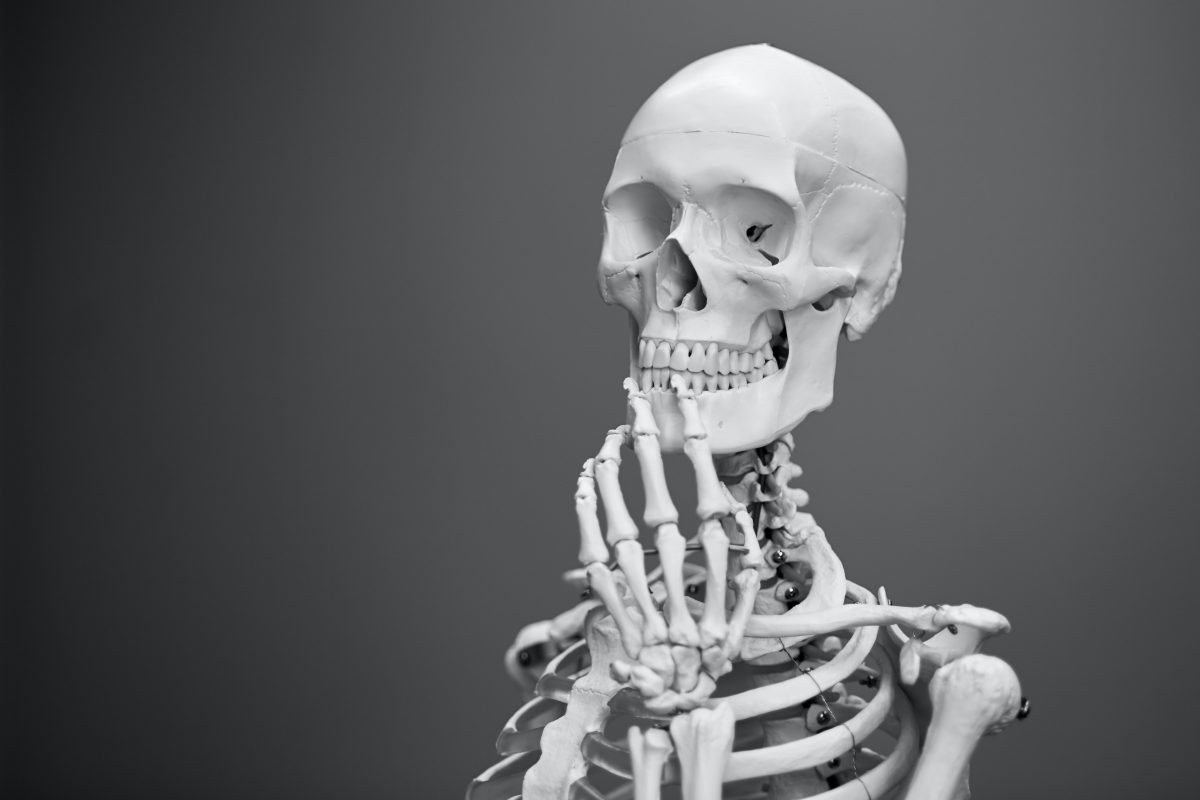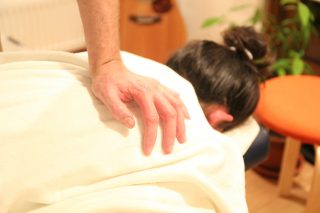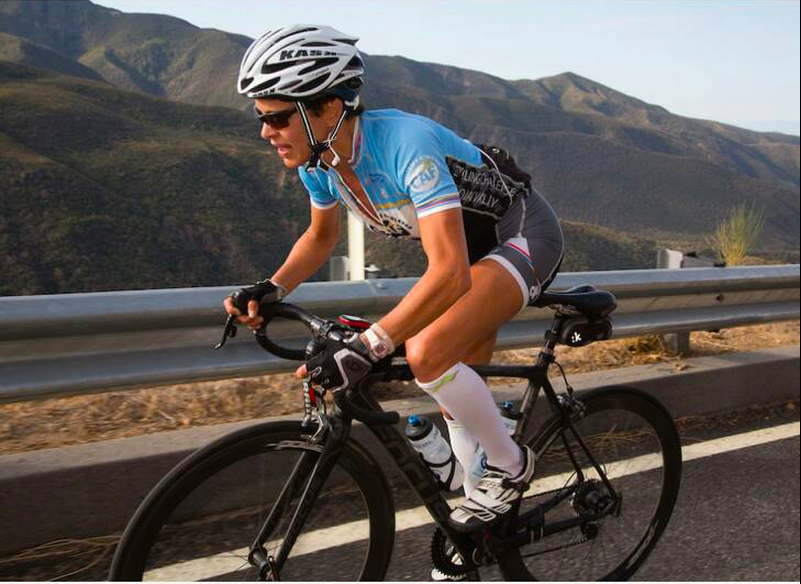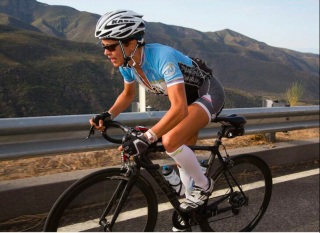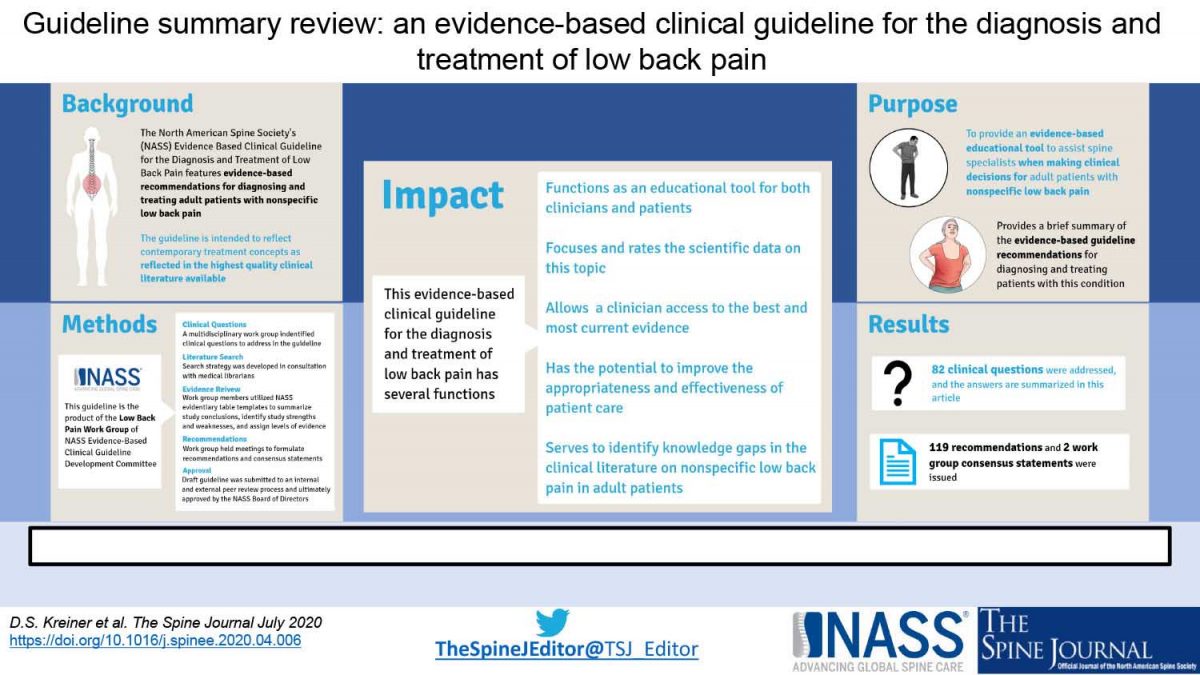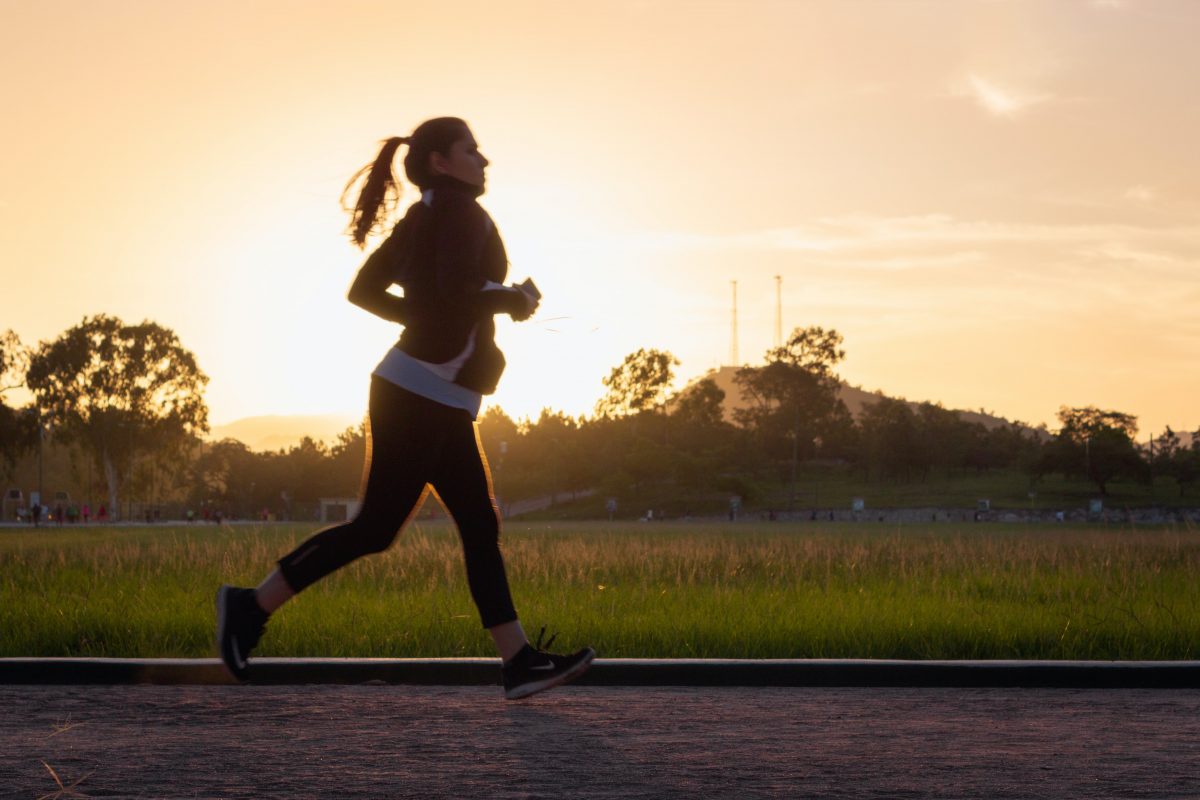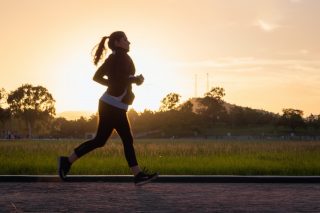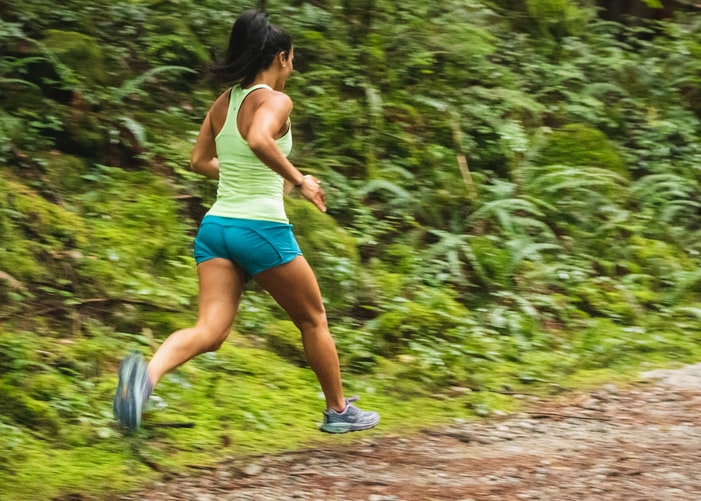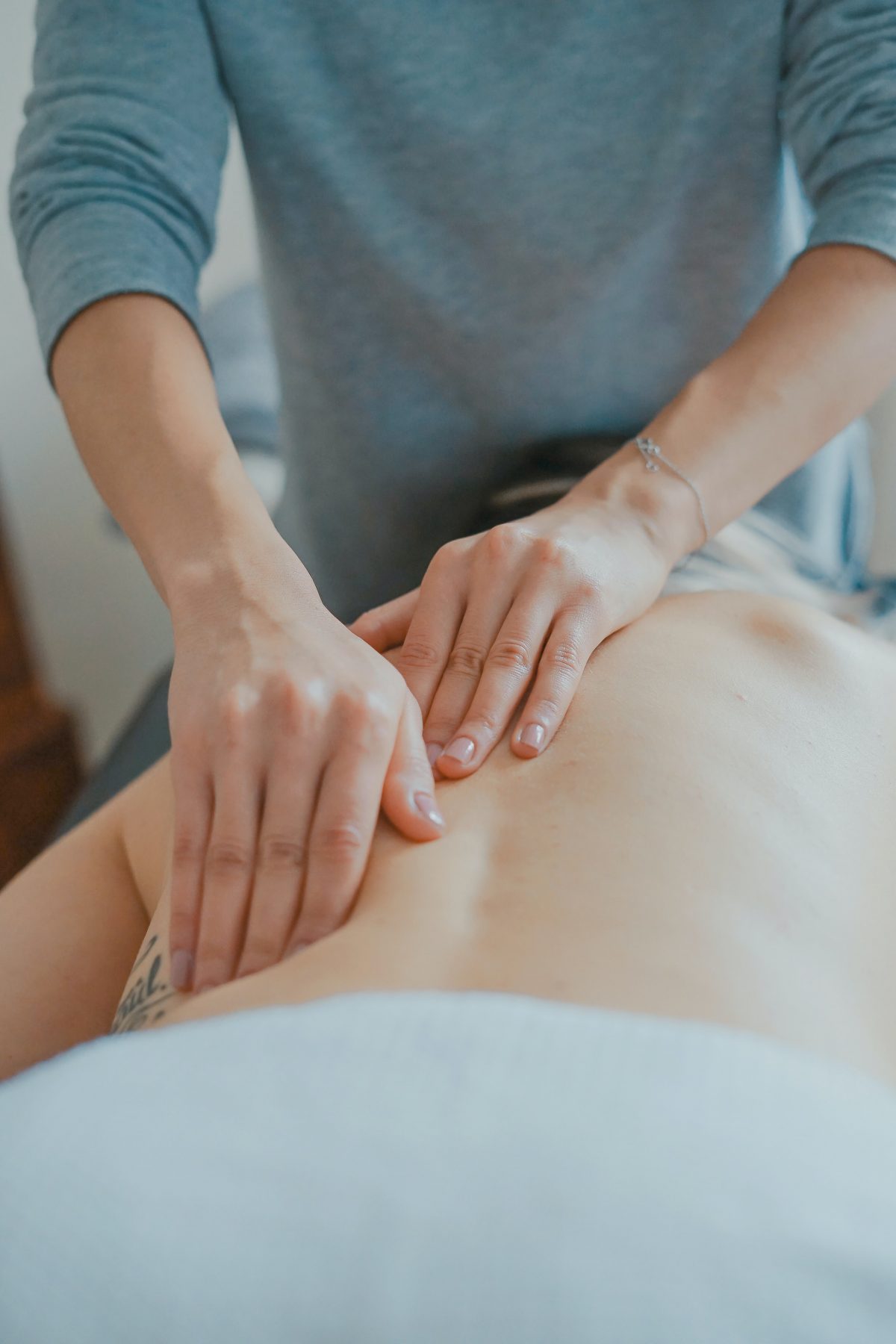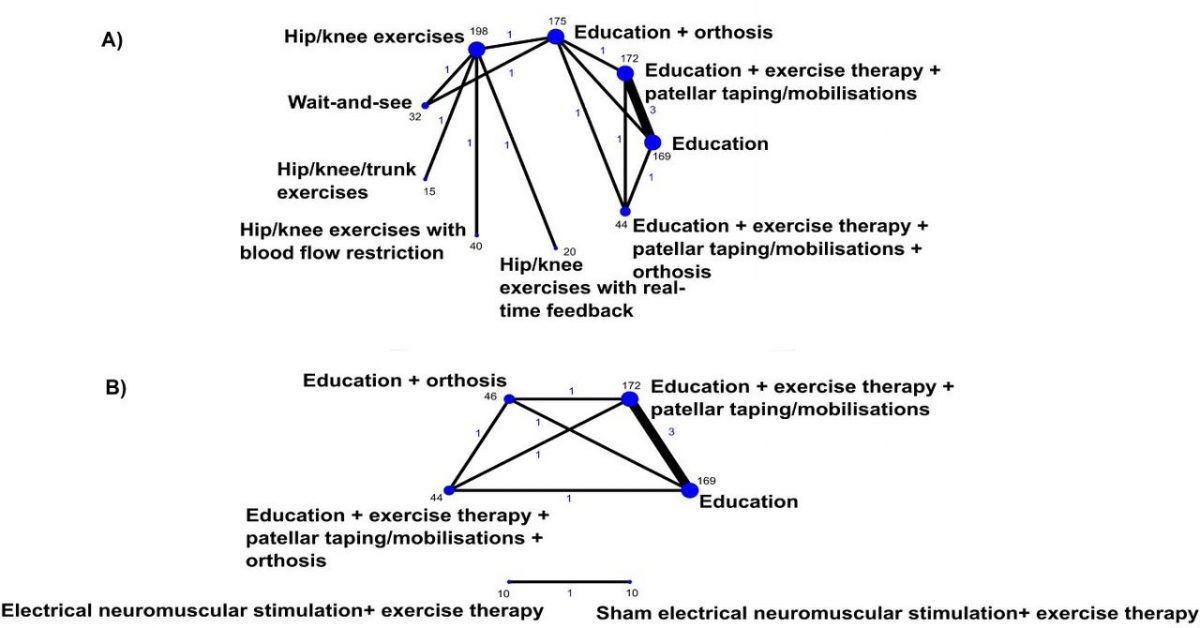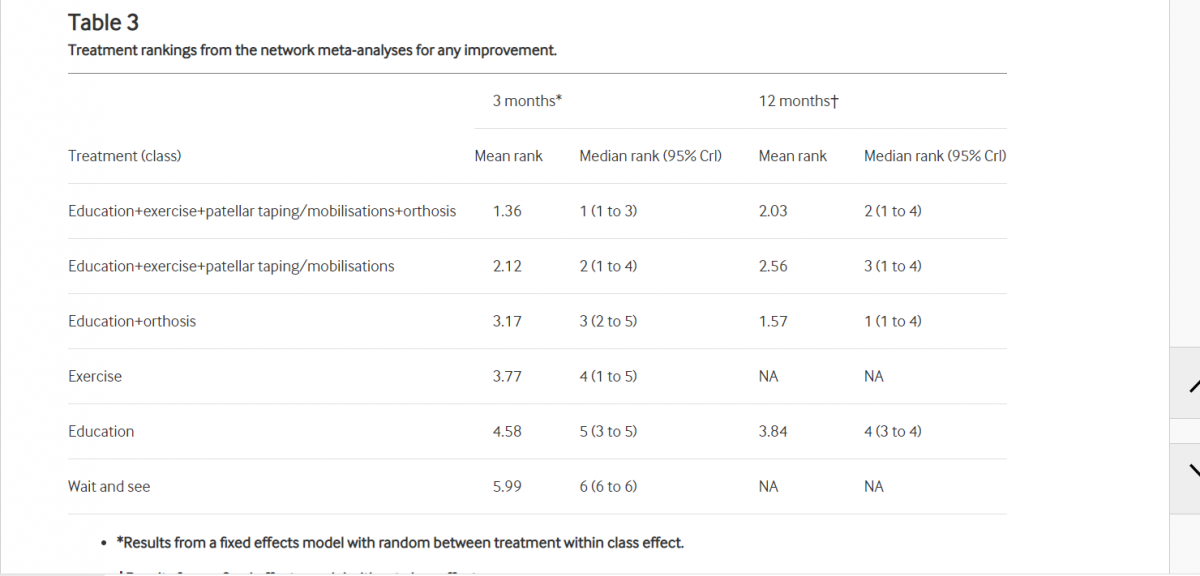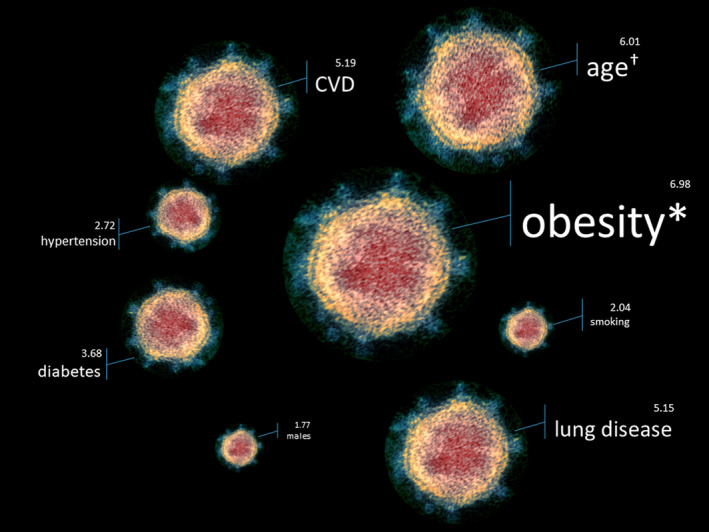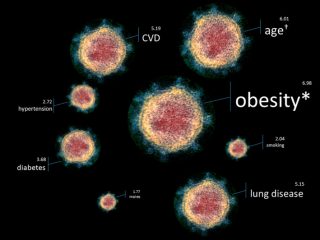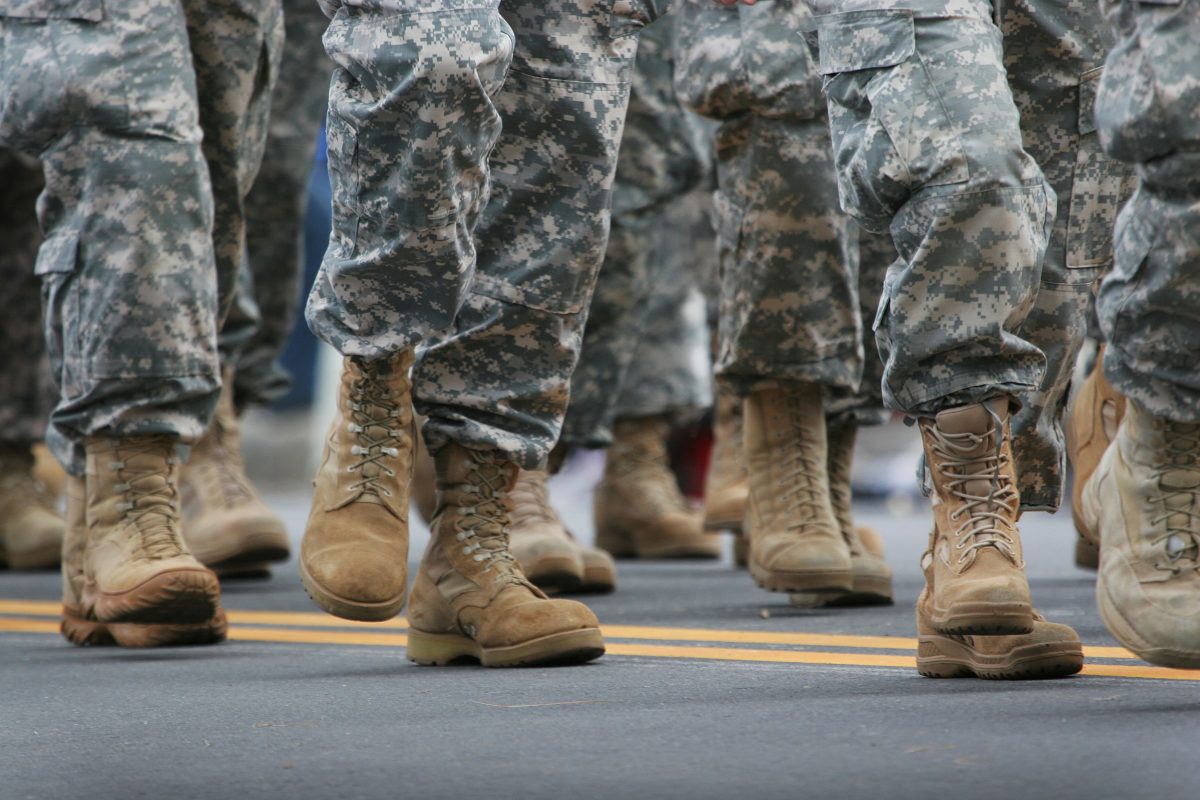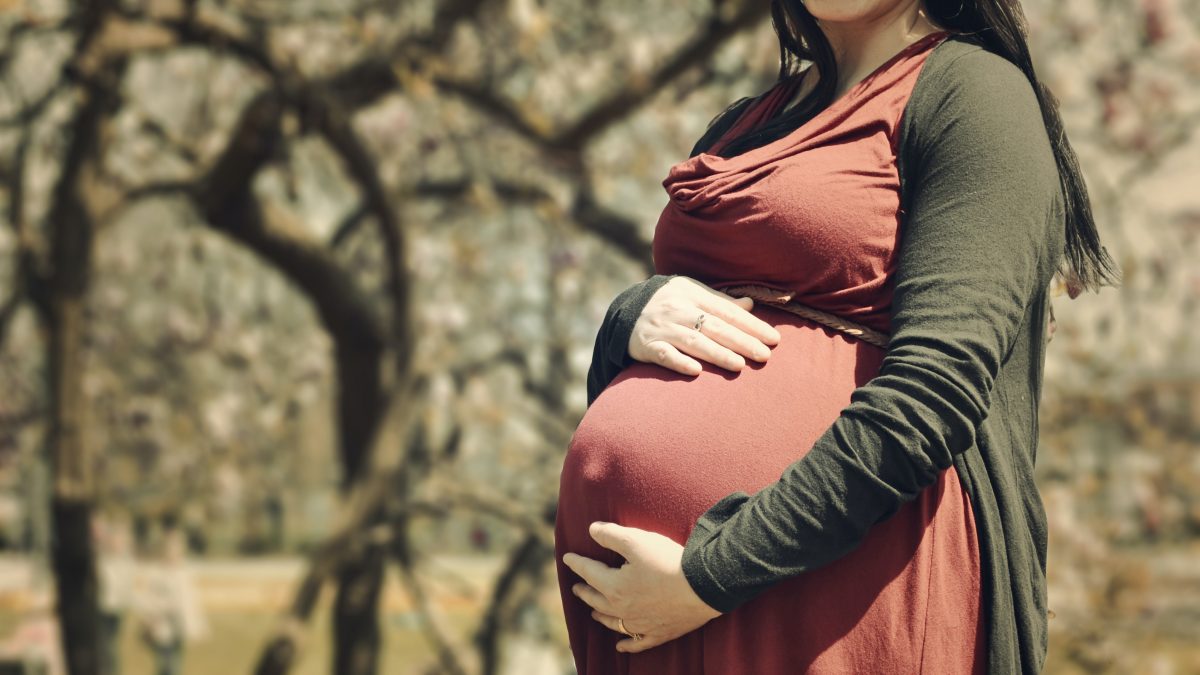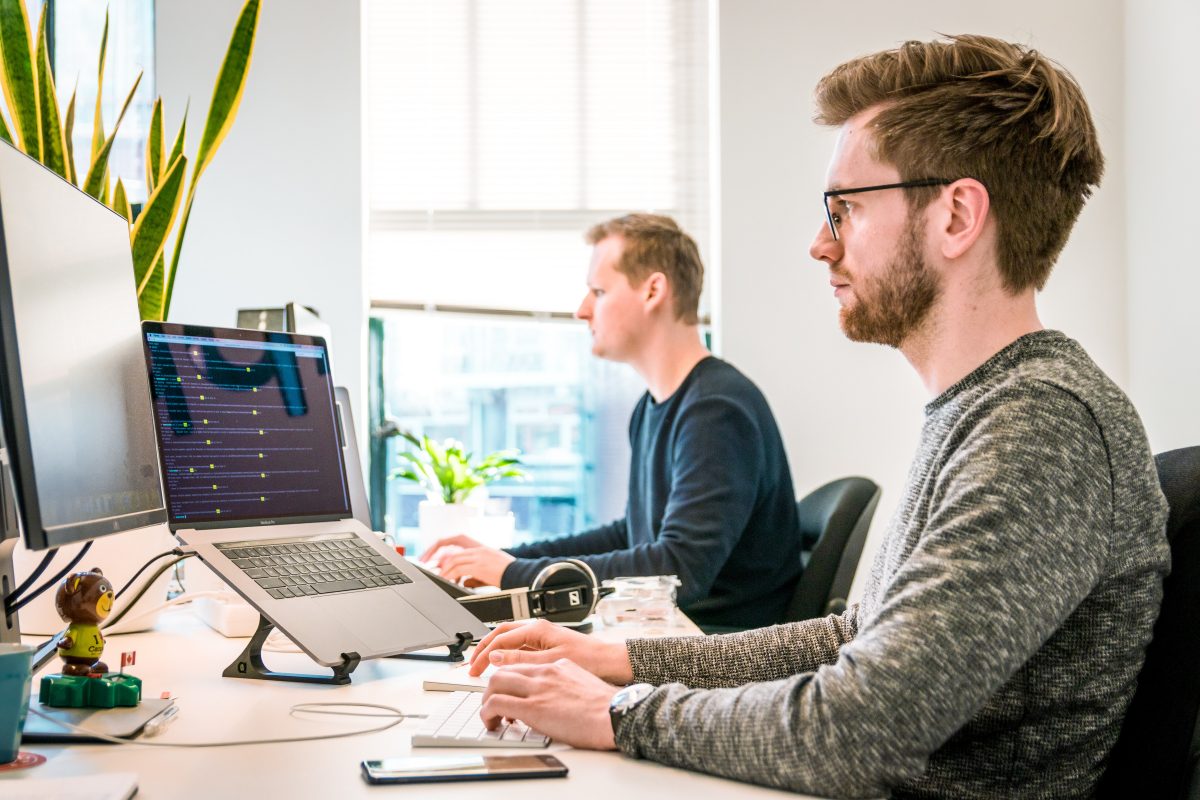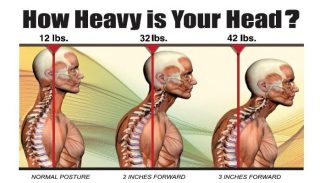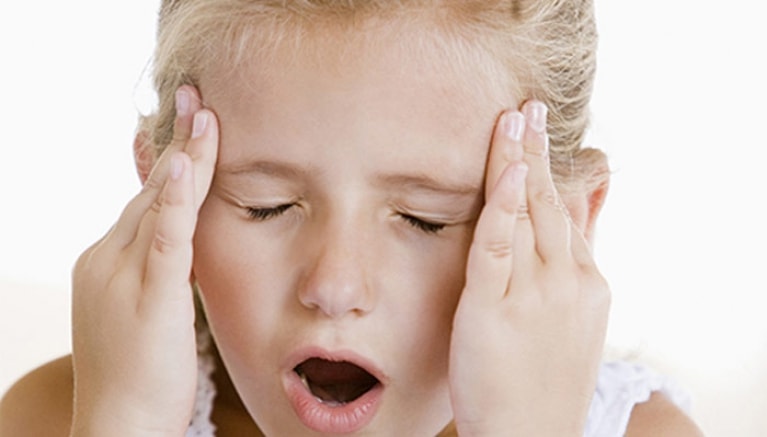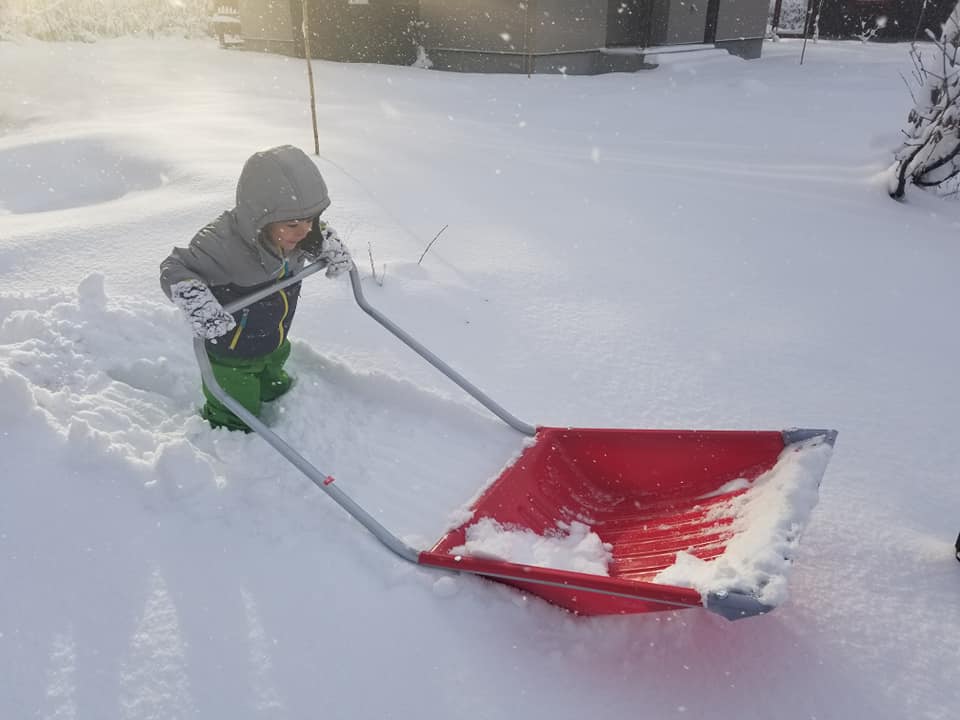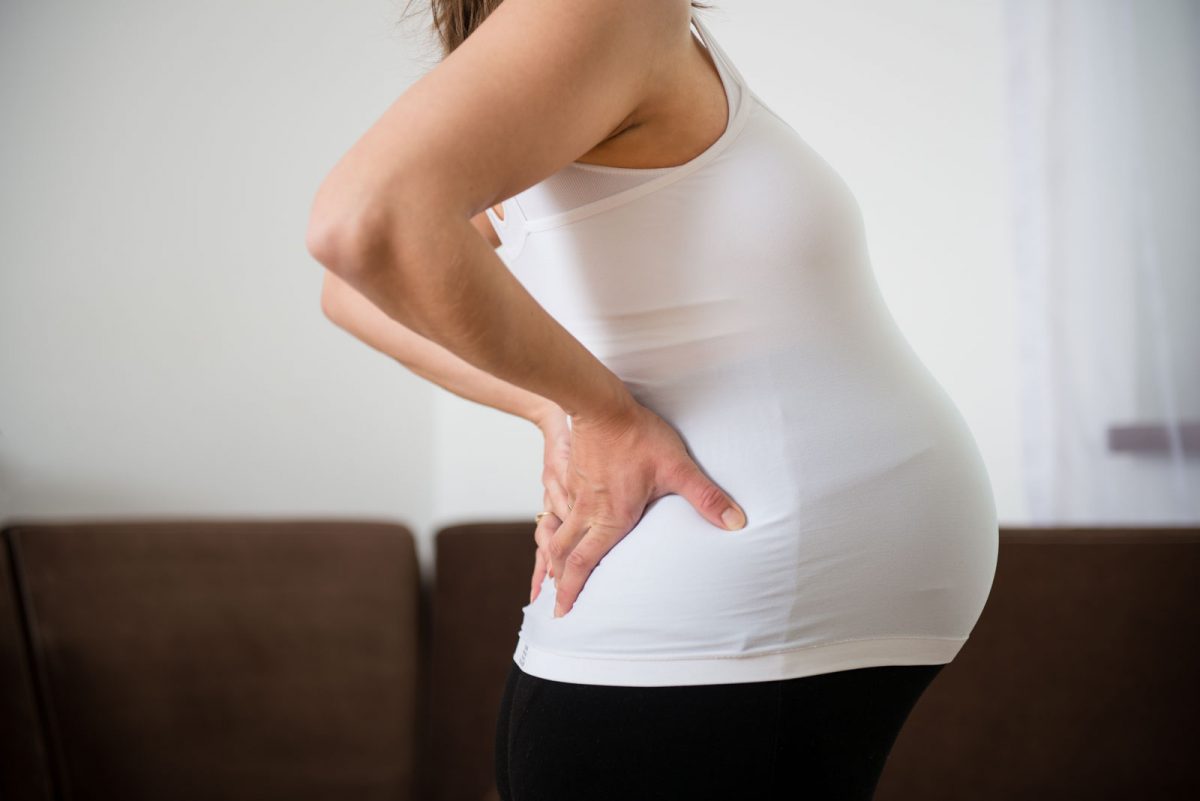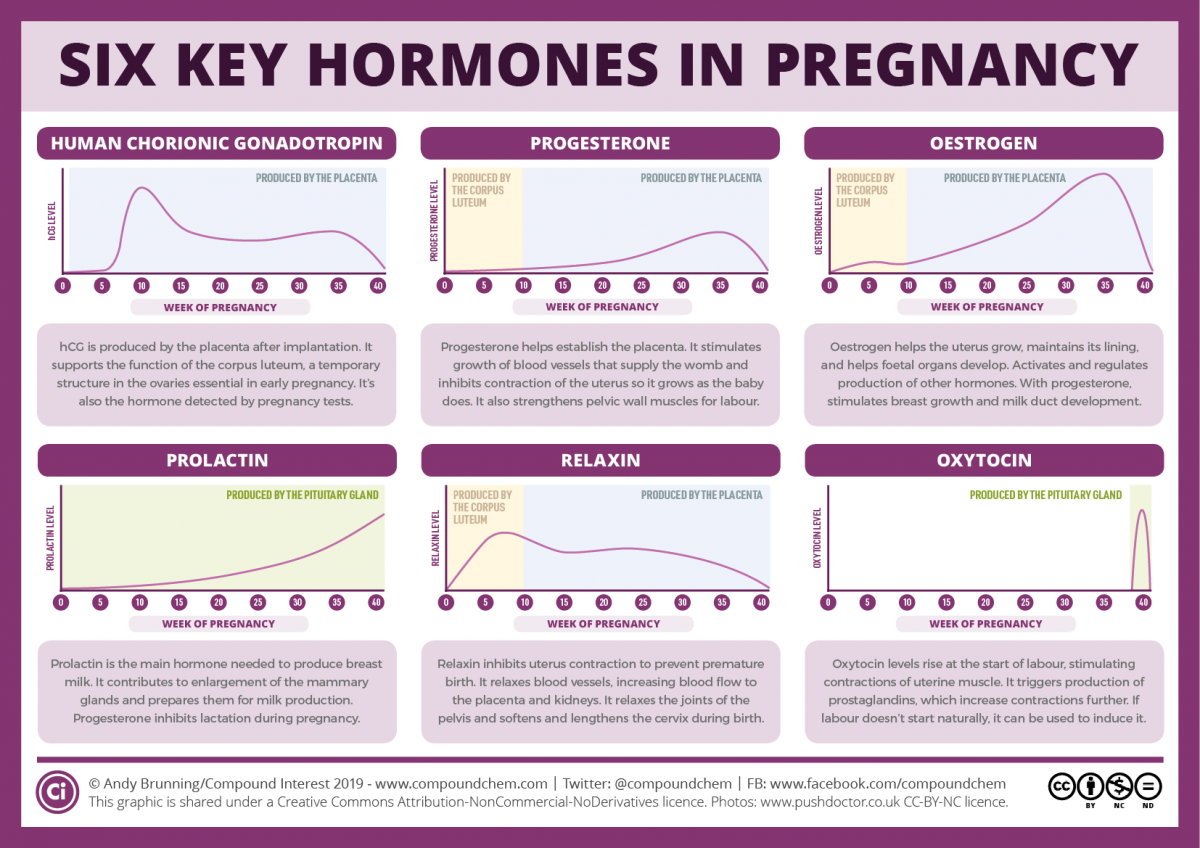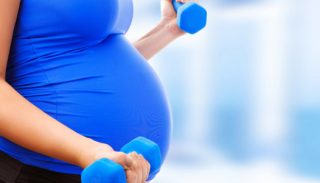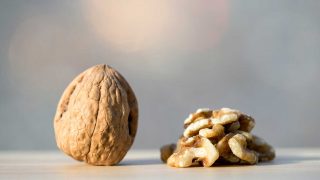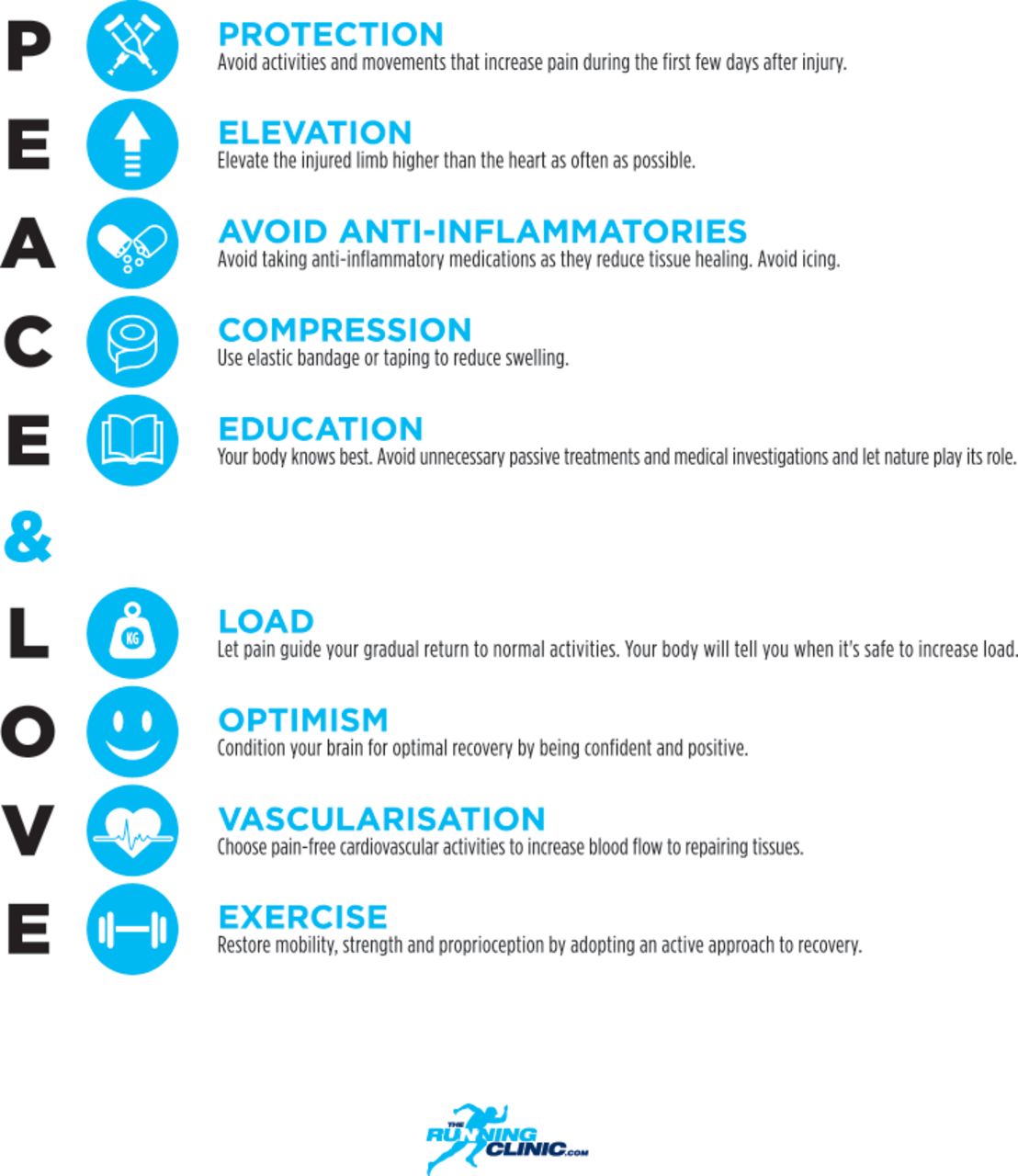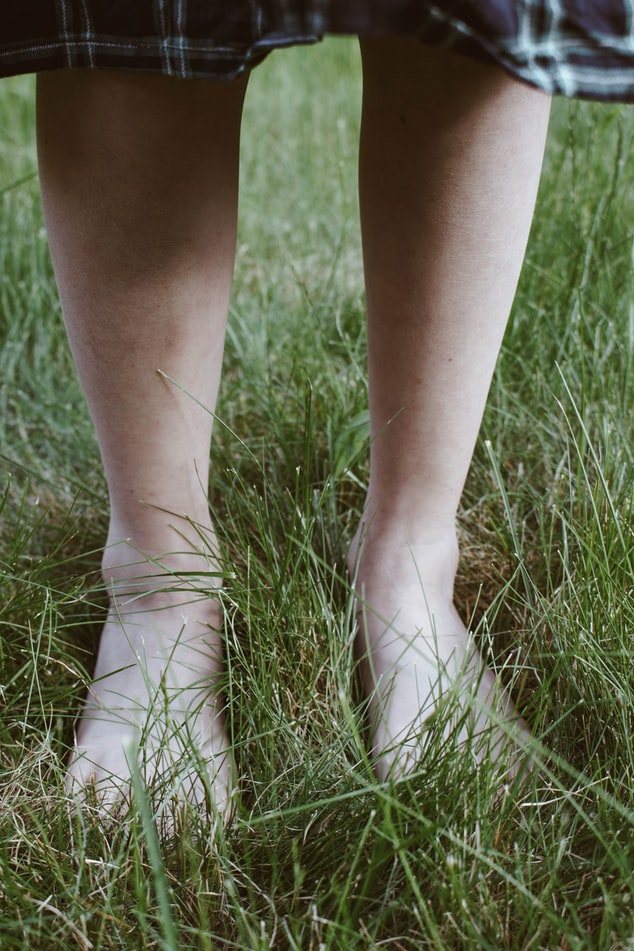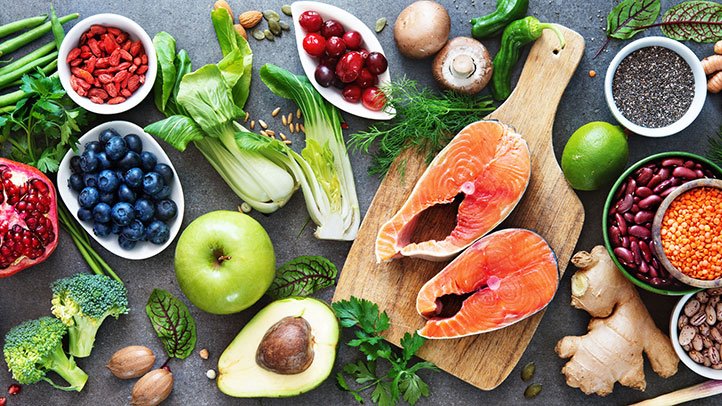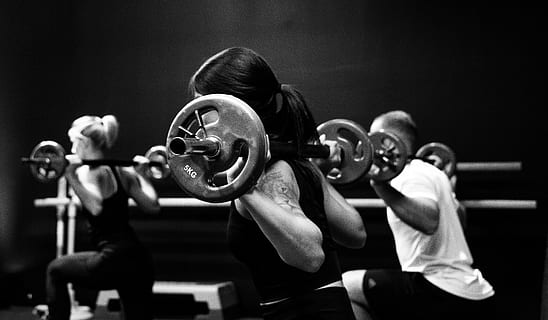Your not alone with a pregnancy headache
If you are experiencing headaches during pregnancy you are not alone. According to a recent study published in the journal Revue Neurologique about 1/3 in women in experience what’s known as secondary headache during pregancy which is higher than the general population.
The first challenge from a management point of is rule out the red flags and nasties.
Headaches are almost always caused so something we can manage but occasionally they can be the first sign of something more serious. Imaging such as an MRI scan of the brain can be a good idea if you suddenly experience a headache that never stops and you not usually a headache sufferer, headaches that wake you up, headaches that get worse when you change posture or also have fever.
If you have experienced any of the above it’s worth consulting your primary care physician and getting the more serious stuff ruled out.
But in all likelihood it’s not of the nasty ones and it’s just a plain pregnancy headache.
The next step from here is determine what sort of headache you have.
Whilst headache research is still evolving we can categorize headaches by patterns such migraine, cluster headaches, tension headache etc and this changes the out come and management a lot.
If you do present to Niseko Chiropractic with a pregnancy headaches it’s worth writing down ahead of time as much information about your headaches as you can think of. Does the headache present at a certain time of day ? Do you have any visual disturbances ? Does it present differently to the headaches that you usually have ?
Amongst pregnancy headaches vascular headaches are the most common with about 80% of headaches being related to hypertension ( 1), particularly in the 3rd trimester .
If you do have your own blood pressure cuff it’s worth checking your blood pressure during a headache to see if it’s related. We also have to mindful of CVT and stroke but thankfully these are extremely rare. According to the paper only about 3 in 10,000 pregnancies’ will suffer from this problem.
Some good news if you are a migraine sufferer is the research indicates that pregnancy is more likely to decrease your frequency of migraine headaches rather than increase. 42-67% percent of pregnant migraine sufferers reported less headaches during pregnancy (1).

Tension type headaches
Around 12% of pregnant women will experience tension type headaches ( 1) With large fluctuations in hormones, extra stress, and postural stress of a rapidly changing body it’s no wonder than your body can feel overloaded and trigger a headache.
It’s been a pleasure to be working down in Okinawa in where I am now treating many pregnant patients again for the first time in a few years and certainly headaches are one of the most common problems we as chiropractors are called on to manage during pregnancy.
Tension headaches usually respond very favorably to decreasing the muscle tension in the traps and sub-occipital muscles in the base of the skull. It is thought that once of the su-0cciptal muscles go into spasm they further compromise there own blood supply sometimes causing the situation to escalate. Often just some simple massage and sub-occipital release techniques can bring a lot of relief.
Cluster headaches
If you are a cluster headaches sufferer, firstly my condolences and deep respect. These little bastards are nasty and also very challenging to treat. The research of the prevalence of cluster headaches is very scant but apparently they like migraines tend to improve during pregnancy rather than get worse.
I wish I could say that Niseko Chiropractic can really improve these but my experience with non pregnant patients is that it can be very hit and miss, unlike tension headaches where we almost always get some improvement.
Don’t put up with it
In short, headaches during pregnancy are common and it’s important to first rule that out that we not dealing with anything nasty. If you are experiencing tension headaches these are the ones that are most likely to respond to Chiropractic treatment.
If you would like to schedule an appointment either in Sunabe Okinawa or Niseko with an Australian trained english speaking Chiropractor you can do so on the link below
www.nisekochiropractic.com/appointments
References
-
Headaches during pregnancy
S.de Gaalona A.Donnetb
Service de neurologie, hôpital Laënnec, CHU de Nantes, Nantes, France
https://doi.org/10.1016/j.neurol.2020.05.012
https://www.sciencedirect.com/science/article/abs/pii/S0035378720306226?via%3Dihub


